1. Mother’s Day
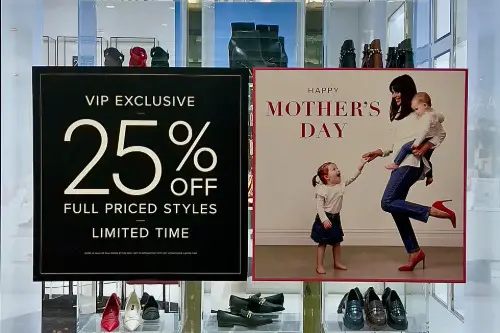
At first glance, Mother’s Day feels like a beautiful celebration of the women who raised us. We buy flowers, write heartfelt cards, and maybe even cook breakfast in bed. But the modern version of Mother’s Day was heavily shaped by greeting card companies and florists after Anna Jarvis founded it in the early 1900s. Ironically, Jarvis herself spent her later years fighting the holiday’s commercialization.
Companies saw the emotional weight of motherhood as a golden ticket for sales. Florists jacked up prices, and Hallmark flooded the market with sappy cards. Today, Americans spend billions annually on the day. It’s meaningful—but also heavily engineered.
2. Valentine’s Day
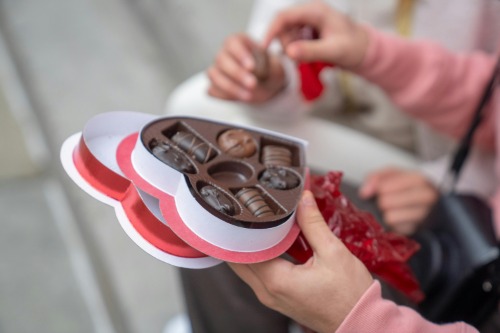
Love should be spontaneous and personal, right? But Valentine’s Day has morphed into a high-pressure spending event, thanks in large part to 20th-century marketing. Companies like Hallmark and Cadbury leaned hard into the idea of proving love with chocolate, cards, and jewelry. What started as a religious or romantic tradition was monetized into an industry.
By the mid-1900s, the holiday was fully industrialized. Jewelry stores, restaurants, and florists all got in on the action. Suddenly, forgetting a gift meant you didn’t care. That guilt? Straight from a marketing campaign.
3. Engagement Rings
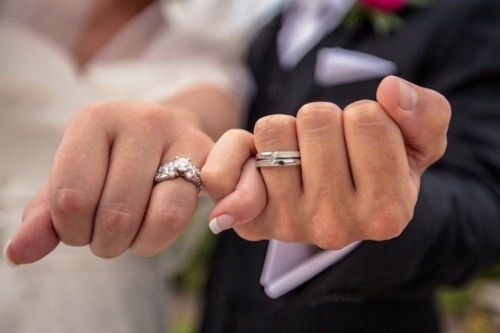
The “diamond ring equals love” equation feels ancient, but it’s only about 80 years old. In the 1930s, De Beers launched a wildly successful marketing campaign pushing diamonds as the only acceptable engagement stone. Their slogan “A diamond is forever” changed everything. Before that, diamond rings were rare and not at all a societal norm.
De Beers also created the idea that men should spend two months’ salary on a ring. That guideline wasn’t based on love—it was based on maximizing profit. The entire tradition is a textbook example of demand being manufactured. And it worked brilliantly.
4. Back-to-School Shopping
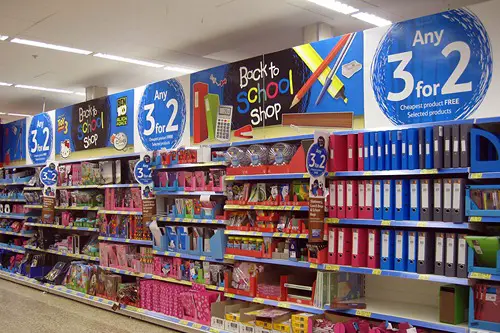
There’s something oddly empowering about buying fresh notebooks and new sneakers each August. It signals a clean slate, new goals, and a sense of growing up. But this seasonal ritual was orchestrated by retailers looking to capitalize on school-year stress. Big-box stores and fashion brands created the annual tradition.
Once schools moved to standardized start dates, companies saw an opportunity. They launched “back-to-school” sales with urgency and exclusivity. Now it feels like an obligatory rite of passage. But at its core, it’s just a commercial cycle.
5. Black Friday
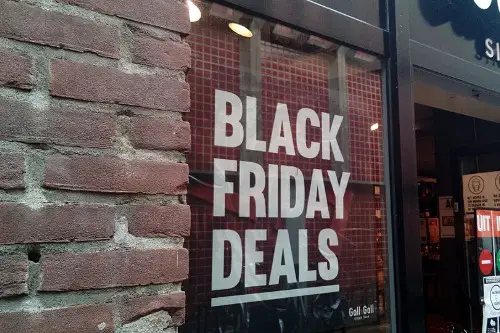
Rising before dawn to chase deals feels like a bold consumer adventure. There’s camaraderie, strategy, and even adrenaline involved. But Black Friday wasn’t born from frugality or celebration—it was manufactured by retailers in the 20th century to jumpstart holiday spending. The name originally referred to financial crashes and chaos, not doorbusters.
Major department stores pushed the idea in the post-Thanksgiving lull. It created a new sense of urgency and tradition around mass spending. Over time, it evolved into an all-out shopping sport. And it’s made to make you feel like you’re saving money—while spending more.
6. Graduation Cap and Gown

Putting on that gown feels symbolic and official—like you’ve truly accomplished something. But the modern cap-and-gown rental system is controlled by a couple of corporations that dominate the market. These companies lobbied to make academic dress mandatory at many institutions. Now students must shell out for overpriced robes they’ll wear once.
Herff Jones and Jostens hold a near-monopoly on graduation gear. They’ve turned a symbol of achievement into a moneymaker. Schools get a cut of the profits in some cases. What should be a rite of passage has become another revenue stream.
7. Baby Showers

Gathering to celebrate a new life feels wholesome and intimate. But baby showers, in their current form, gained traction post–World War II alongside the rise of consumer baby products. Diaper brands, formula makers, and baby gear companies all promoted gift-giving traditions. It helped solidify their presence in the booming postwar domestic market.
Companies published etiquette books and even sponsored event-planning guides. The goal was to make baby prep a retail event. And now, it’s considered odd not to have a registry. The pressure to buy and gift is part of the corporate legacy.
8. Holiday Gift Wrapping

Wrapping a gift in glittery paper feels generous and intentional. But mass-produced wrapping paper was a 20th-century invention, spurred on by department stores needing a new product to sell during the holidays. The Hall brothers (who later founded Hallmark) ran out of tissue paper one year and used decorative paper instead. It sold out—so they doubled down.
Soon, wrapping paper was marketed as a holiday essential. Now it’s a $3 billion industry in the U.S. alone. And that “extra mile” you go with bows and tags? It’s a product of carefully crafted consumer psychology.
9. Work Happy Hours
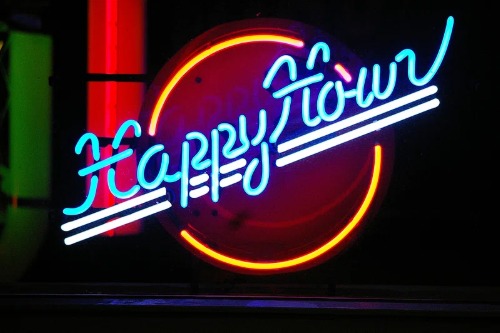
Grabbing drinks with coworkers can feel like bonding and unwinding. But the trend of organized work happy hours surged in popularity thanks to alcohol and hospitality industry campaigns. Breweries and bars promoted the idea to boost post-work traffic during slow hours. It was a rebrand of “drinking at 5” into “team building.”
Corporations also started framing it as a productivity tool. The logic: a happy team is a productive team. But it’s often unpaid overtime masked as fun. And it benefits the business more than the employee.
10. Gender Reveal Parties

Cutting into a pink or blue cake feels personal and modern. But gender reveals were virtually unheard of before 2008, when a blogger’s cake photo went viral. Since then, baby product companies, party planners, and even pyrotechnic firms have jumped on the trend. It’s another celebration turned commercial.
Social media amplified the performative side. Companies began offering themed kits, balloons, and even explosives. The more elaborate, the better—for clicks and sales. What started as a DIY moment now has its own aisle in party stores.
11. Retirement Parties

Celebrating the end of a career feels well-earned and honorable. But formal retirement parties as we know them were largely encouraged by HR departments and insurance companies in the mid-20th century. These events were meant to build morale and promote company loyalty. The growing retirement gift industry followed right behind.
Gold watches, plaques, and catered send-offs became corporate norms. It wasn’t just to honor the worker—it was to set an example for those still employed. The messaging was clear: be loyal, and you’ll be honored. But again, the celebration often served corporate interests first.
12. American Breakfast Foods
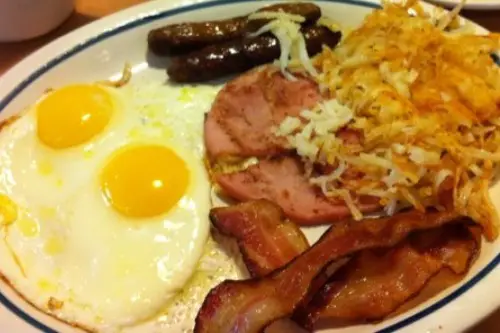
That empowering “most important meal of the day” phrase? It was coined by a PR firm working for General Foods to sell Grape Nuts in the 1940s. The American idea of breakfast—bacon, eggs, cereal, juice—was shaped by corporate influence. Before that, people often ate leftovers or nothing at all in the morning.
The cereal industry, especially Kellogg’s, revolutionized what breakfast looked like. And pork producers promoted bacon as a breakfast staple through aggressive marketing. Today’s “balanced breakfast” is often just a sugar bomb in disguise. But it feels essential because we’ve been told it is.
13. New Year’s Resolutions
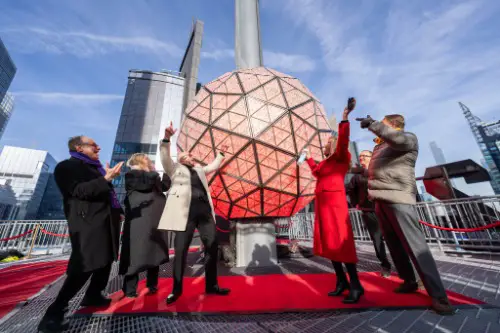
There’s something powerful about vowing to become a new you on January 1. But the commercial push for resolutions grew rapidly with the rise of gyms, diet plans, and productivity tools. Companies realized that promising transformation was a lucrative hook. And they’ve marketed it heavily ever since.
Weight-loss brands time their biggest campaigns around the New Year. Self-help books spike in sales. Gym memberships surge in January—and many go unused. The empowering message? Crafted by industries that profit off your “new start.”
This post 13 American Traditions That Feel Empowering Until You Realize They Were Invented by Corporations was first published on American Charm.


